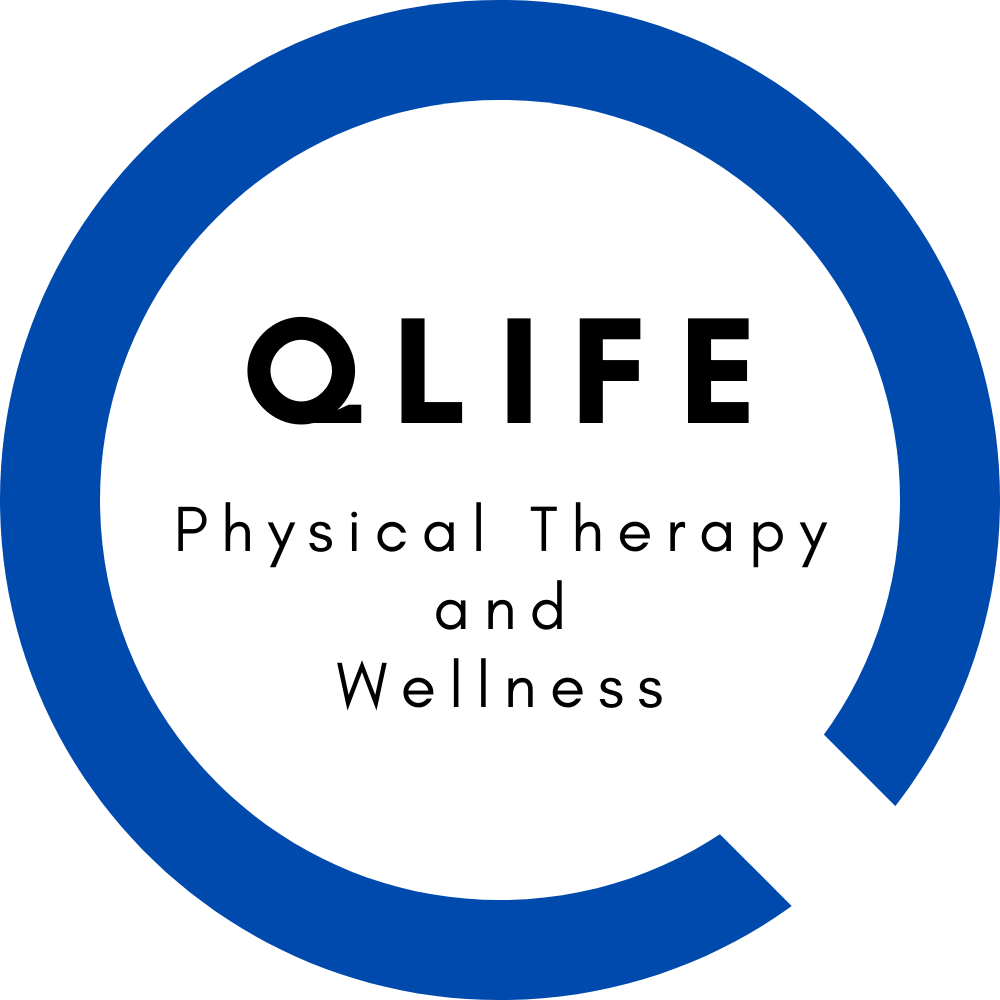Pain is Kinda Complicated
Being in pain sucks. There’s no sugar coating it. But with the right combination of approach, you can feel better. Learn a bit more about what pain is, and take control of it.
Exploring Cartilage Healing: Techniques and Innovations
Cartilage Structure at a Glance:
Cartilage is a connective tissue composed of specialized cells called chondrocytes embedded in a matrix of collagen and proteoglycans. This matrix provides the structural framework for cartilage, imparting its unique properties of flexibility and resilience.
The Challenge of Cartilage Healing:
Unlike many tissues in the body, cartilage possesses a limited ability to regenerate due to its avascular nature. Without a direct blood supply, the delivery of nutrients and immune cells to the site of injury is constrained, making the healing process inherently challenging.
Chondrocytes: The Architects of Healing:
The key players in cartilage repair are the chondrocytes, the resident cells within the tissue. When injury occurs, chondrocytes near the damaged area undergo a process known as chondrogenesis. This involves the activation of signaling pathways that stimulate these cells to proliferate and produce new matrix components.
Inflammatory Response and Healing Cascade:
Upon injury, there is an orchestrated inflammatory response. While inflammation is often associated with negative connotations, in the context of cartilage healing, it serves a dual purpose. Inflammatory mediators signal the recruitment of immune cells, which contribute to the removal of debris and facilitate the initial phases of repair.
The Matrix Reconstruction Dance:
The extracellular matrix (ECM) of cartilage is a dynamic environment. During the healing process, chondrocytes actively synthesize and secrete new collagen fibers and proteoglycans, rebuilding the damaged matrix. This synthesis is regulated by various growth factors and cytokines that create a microenvironment conducive to tissue repair.
Innovations in Cartilage Healing:
Recent advancements in regenerative medicine have introduced novel approaches to enhance cartilage healing. Platelet-Rich Plasma (PRP) therapy involves the concentration of platelets, growth factors, and cytokines from the patient's own blood, promoting a localized and targeted healing response. Additionally, stem cell therapies leverage the regenerative potential of mesenchymal stem cells to stimulate tissue repair.
Rehabilitation at the Molecular Level:
From a therapeutic standpoint, rehabilitation strategies aim to optimize the molecular environment for cartilage healing. Targeted exercises and physical therapy protocols not only enhance joint function but also contribute to the modulation of molecular signaling pathways involved in tissue repair.
Nutritional Support: Fueling the Molecular Machinery:
Nutrition plays a pivotal role in providing the building blocks necessary for cartilage repair. Essential nutrients, such as amino acids, contribute to the synthesis of collagen and other matrix components. Omega-3 fatty acids and antioxidants further support an anti-inflammatory environment, fostering an optimal milieu for healing.
In conclusion, cartilage healing is a finely orchestrated molecular symphony. From the activation of chondrocytes to the intricate dance of growth factors and cytokines, understanding these molecular processes is essential for developing targeted interventions to promote effective cartilage repair.




